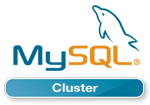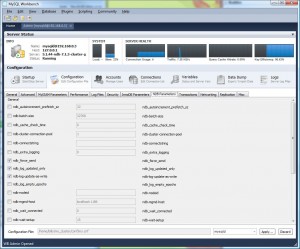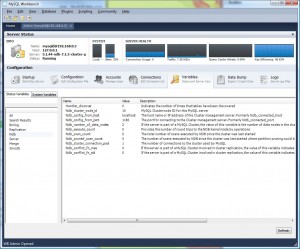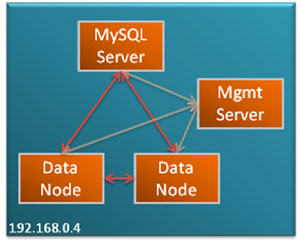Mat Keep and I will be presenting this free webinar on Wednesday 14 July. 
The MEMORY storage engine has been widely adopted by MySQL users to provide near-instant responsiveness with use cases such as caching and web session management. As these services evolve to support more users, so the scalability and availability demands can start to exceed the capabilities of the MEMORY storage engine.
The MySQL Cluster database, which itself can be implemented as a MySQL storage engine, is a viable alternative to address these evolving web service demands. MySQL Cluster can be configured and run in the same way as the MEMORY storage engine (ie on a single host with no replication and no persistence). As web services evolve, any of these attributes can then be added in any combination to deliver higher levels of scalability, availability and database functionality, especially for those workloads which predominately access data by the primary key.
As always, the webinar is free of charge but you will need to register here.
Time:
- Wed, Jul 14: 06:00 Hawaii time
- Wed, Jul 14: 09:00 Pacific time (America)
- Wed, Jul 14: 10:00 Mountain time (America)
- Wed, Jul 14: 11:00 Central time (America)
- Wed, Jul 14: 12:00 Eastern time (America)
- Wed, Jul 14: 16:00 UTC
- Wed, Jul 14: 17:00 Western European time
- Wed, Jul 14: 18:00 Central European time
- Wed, Jul 14: 19:00 Eastern European time
If you can’t make the live webinar then register anyway and you’ll get sent a link to the recording after the event.







